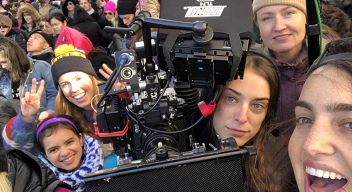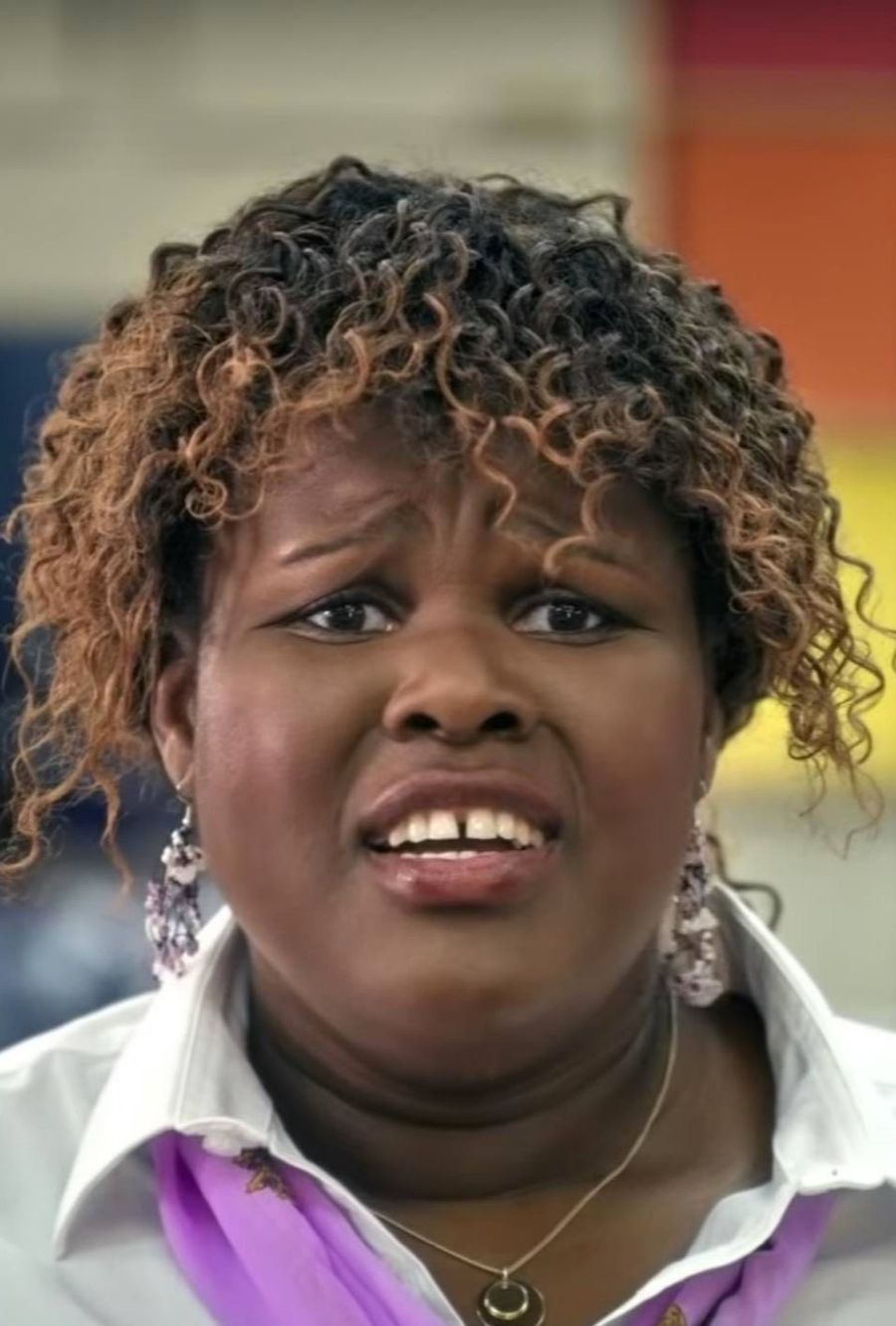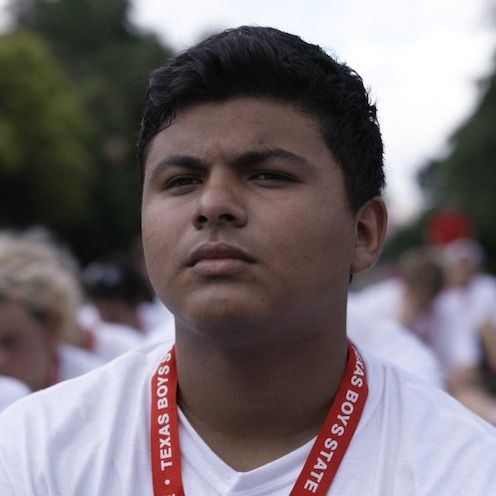This past weekend, women and all supporters of gender equality from all over the world joined forces for the third annual Women’s March.
Each year, this March serves to unite people who represent all intersections of identity, each bringing their own vital and important voices to the collective movement. In 2017, at the first Women’s March, Free The Bid founder Alma Har’el‘s video of singer Connie Lim (MILCK) and a choir performing MILCK’s song “I Can’t Keep Quiet” went viral and became an anthem for women everywhere.
Director Victoria Stevens, one of the newest additions to the Free The Bid database, wanted to create a film that would pay tribute to the “vibrating energy” of the March. Shot during last year’s March, Victoria’s docu-narrative hybrid film follows the journey of a young girl through the crowd, experiencing the full breadth of sights and sounds encountered while marching. Read on for Victoria’s exclusive thoughts on the making of this film!
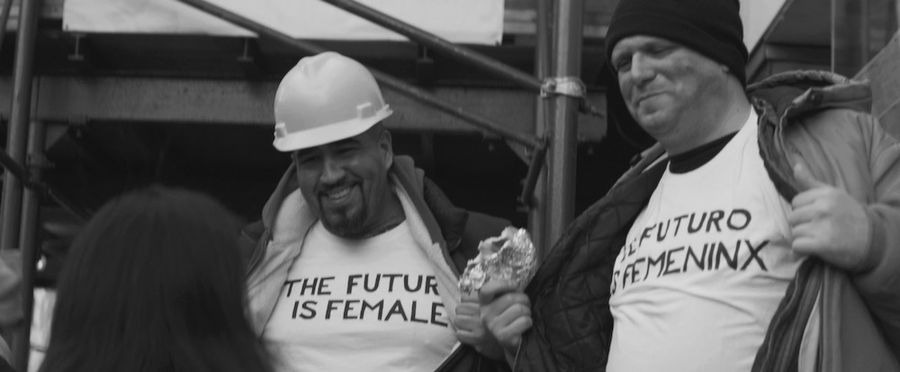
“There have been several great docs made on the Women’s March, but I wanted to specifically add the perspective of a young girl experiencing her first time at a demonstration. Before I attended the first Women’s March in 2017, I had no idea what to expect and was honestly skeptical. However, within moments after getting off the train in DC, I was overwhelmed by the vibrating energy of the women and men of all ages marching together because of their common beliefs. I wanted to express what I had experienced emotionally and visually using our young protagonist Rachel.
"I wanted people to feel the claustrophobia within the crowd in the tense moments and pull back on the wide shots to show the controlled chaos of the march."
Rachel heads to the march with her brother, along the way witnessing a few challenges women face daily. Upon arrival, they quickly become separated and she finds herself on her own in the seemingly riotous scene. Terrified at first, she tries to find him, but in the process she comes across a cast of characters, each representing many of the issues people stand up for: civil rights, disability rights, LGBTQIA rights, to name a few. Through these interactions, she gradually becomes more aware of the positive and empowering space that a peaceful protest like the Women’s March provides and the powerful platform it gives to many whose voices sometimes get lost in the crowd, so to speak.
To emphasize Rachel’s perspective, we used anamorphic lenses with a shallow depth of field. I wanted people to feel the claustrophobia within the crowd in the tense moments and pull back on the wide shots to show the controlled chaos of the march. The challenge with this was actually shooting during the march last year in NYC. Directing actors within an event while onlookers try to interact proved tricky. However, everyone involved, including the crowd, were beyond supportive and excited to help in any way they could, whether it be crowd control for a scene or even participating, as we were thrilled to see happen in the dance scene.
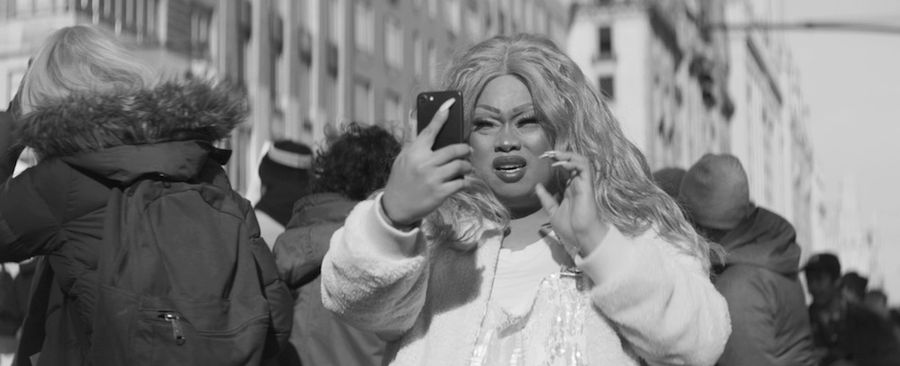
Free The Bid’s mission runs parallel with what these women’s marches are working to achieve – a chance for equality in every playing field. This platform is already making a huge difference, as it is allowing women filmmakers a collective place to tell their stories so more of the world can benefit from the unique vision that comes with woman’s experience in the world.”
